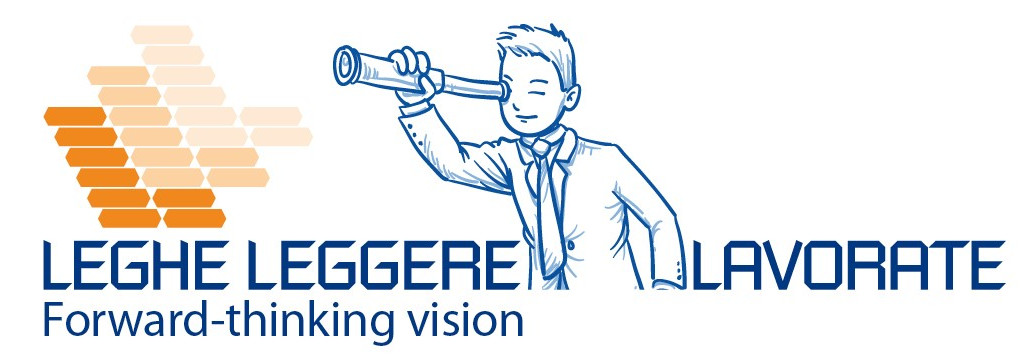From the 1990s to today, there have been countless technological innovations related to plates for the reduction of wrist fractures.
Which are the most important technological innovations of plates for wrist fractures?
Among the most important we can mention: the reduction in the diameter of the screws, the low profile of the plates which, logically, avoided interference with the passage of the tendons and, last but not least, the use of titanium as a hypoallergenic material.
All these innovations have improved the work of surgeons and, above all, the lives of patients.
Despite the innumerable advantages brought by these innovations, biomedical engineers haven’t stopped their studied and, thanks to the study of new materials, have added another important element to this innovative process.
This material is the CFR peek. CFR stands for Carbon Fiber Reinforce: Peek with carbon fiber reinforcement.
This polymer has become a valid alternative to titanium, where it is possible to use it.
Which are the main advantages of the CFR Peek?
Among its advantages, in addition to lightness, include: angular stability, polyaxiality of the screws and radiolucency.
Let us now analyze these advantages one by one.
The lightness doesn’t need to be explained, being a polymer and not a metal it is much lighter than a titanium plate.
The angular stability is guaranteed the fixing screws as they have a an underhead thread which is fixed to the plate.
Polyaxiality is achieved by the screws themselves which, according to the surgeon’s needs, create the thread in the plate autonomously, without angulation constraints imposed by an already existing thread. This is a typical situation of metal plates in which the thread is made in the production phase with a certain angle for the screws.
Radiolucency, which is very useful in the post-operative phase to verify healing by being able to see the fracture line, not covered by the plate on the radiographs.
The plates that can be made with this material are not limited to those of the wrist. It is possible to create plates for all upper limbs. On the contrary, it is not possible to make plates for the lower ones as the forces involved are too high for this material.

